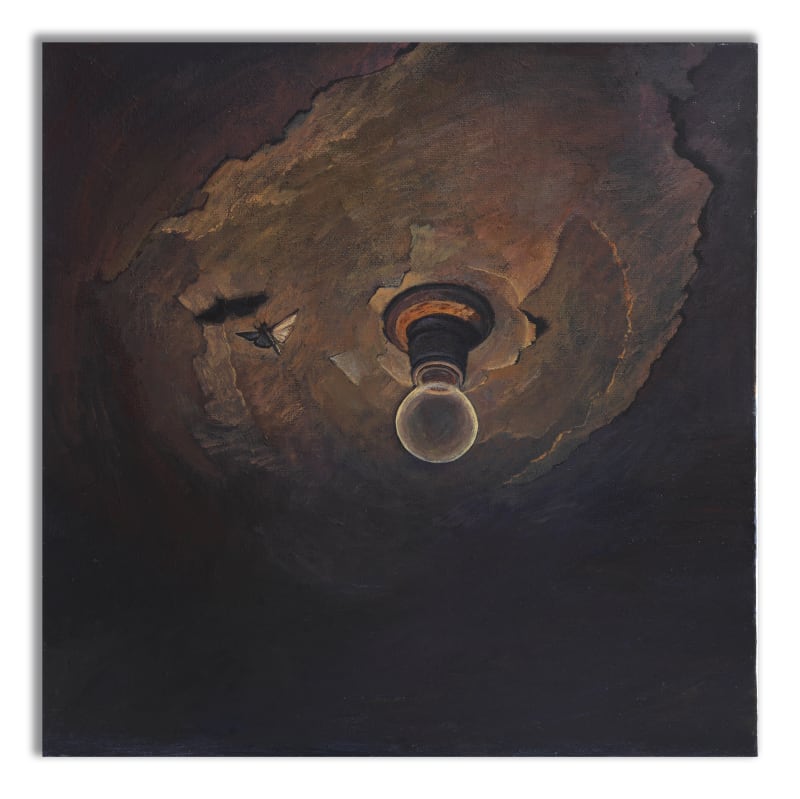In a movie, the narrative of the previous second still continues when one frame changes into another. Distinct from the realistic approach of movies, a change of frames in an animation film can be an abstract expression of a manifold of narratives, capturing different spaces in the same moment, the same event in different moments, or the same psychological space present in different moments and locations. Such montage sequences, sewing up varied levels of time and space, incorporate the complex entanglement of reality and fiction; with human action and emotion as the main theme, they are abundant in the animation film Lunar Dial (Yue Gui) of Gao Yuan. Objects that make repeated appearances in different moments in time are to a certain degree connected to the artist’s original sources of inspiration.
It seems that the artist has arranged various hints in the layout of Eternal Return. A bicycle standing on the open lawn of Capsule Shanghai, clearly placed there on purpose, strives to create some intimate and comfortable relationship with the natural environment, which corresponds to the bicycle in Lunar Dial (2016) which is constantly on the move in the natural and the urban landscapes. By setting-up a real bicycle, the exhibition gains a sense of reality and points to one extra backstage function of the bicycle which also serves as a sound tool in the soundtrack of the animation. Other key objects that link together the action and the emotion of the artist are dispersed in the tidy white exhibition space, such as a book, a traffic light, waves, a bird and a moth. Not only are they visible on the original paintings of the scenes in the animation and as animation on paper, they are also arranged in novel ways according the characteristics of the gallery space and the language style of the animation. The signature big window of the gallery “photocopies” the view of the courtyard. A bird is projected on a painting, restoring a scene in Lunar Dial. A remix of animation and sound materials is broadcasted in the bathroom. Generally speaking, an exhibition featuring an animation film and taking frames out it for display can easily fall into a fixed pattern, i.e. the images taken from the animation only show its creation is heavy and complicated work, but provides no independent perspective helping the viewers to interpret its meaning. Luckily, Gao Yuan isn’t trapped by this. In the initial conceptualization phase of Lunar Dial, she drew upon her own fragmented experiences of reality and spent days, even one or two months to paint them into background images; in this process, she worked out the details and the narratives of the animation. Therefore, the individual paintings both capture single moments of the animation which took six whole years to produce and they fully qualify as independent artworks with their own contexts.
The elaborate layout of the exhibition serves to represent the emotional clue and reality-fiction entanglement in Lunar Dial as closely as possible. Watching the animation film in the room with pine needles covering the entire floor, we would truly uncover the hesitation of time in the animation. This hesitation of time is also embodied in our repeated actions of remembering, i.e. how we constantly overlap real visible actions with reflections and ponderings. A space with concurrent multiple dimensions is spread out by the artist according to the time sequence of frames. This approach echoes with the fact that as a time measurement tool, lunar dial in real life tells time in an “unprecise” manner through its interaction with the night and the moon. The artistic approach of Lunar Dial also calls out to our shadowy sense of existence, which is so easily neglected in real life.
© LEAP
Li Ning's Text, translated from the Chinese by Eva Zhao, was originally published on LEAP Wechat account.



